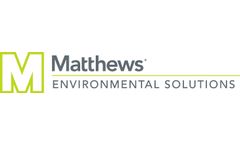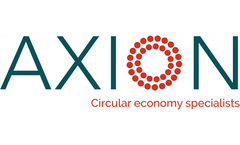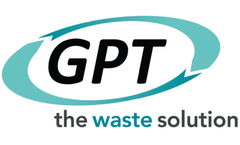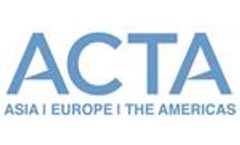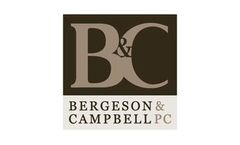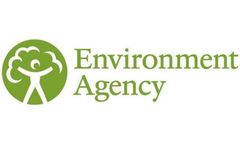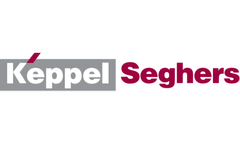Bottom Ash Articles & Analysis
8 news found
The other good news is that in addition to the versatility of the heat generated by waste incineration, there is also another valuable by-product in the form of residual bottom ash (sometimes referred to as fly ash) that is left in the incinerator after the combustion process is finished. Bottom ash has many ...
Creating energy from waste also produces between 25% to 30% residual incinerator bottom ash (IBA), which still requires waste disposal or long-term storage. ...
A spokesperson for Prosiect Gwyrdd said that incinerator bottom ash resulting from the plant’s operations will be recycled and would contribute 5% towards the total Welsh recycling target. ...
While not all CISWI units will include all of the following components, a CISWI unit includes, but is not limited to, the solid waste feed system, grate system, flue gas system, waste heat recovery equipment, if any, and bottom ash system. The CISWI unit does not include air pollution control equipment or the stack. The CISWI unit boundary starts at the solid ...
While not all CISWI units will include all of the following components, a CISWI unit includes, but is not limited to, the solid waste feed system, grate system, flue gas system, waste heat recovery equipment, if any, and bottom ash system. The CISWI unit does not include air pollution control equipment or the stack. The CISWI unit boundary starts at the solid ...
The Treasury is dropping its proposals to increase the rate of landfill tax paid on incinerator bottom ash. Last year (April 2009), the Treasury launched a consultation entitled Modernising Landfill Tax Legislation and proposed to tax incinerator bottom ash at the higher rate for active waste, which is currently £48 per tonne, ...
Funded by Defra, the draft Quality Protocol for the production of Pulverised Fuel Ash and Furnace Bottom Ash for use in Construction and Manufacturing, aims to reduce the environmental impact and boost the commercial marketability of these materials. By removing the waste label and providing a quality guarantee it will make it easier to market ...
Keppel Seghers will supply its state-of-the-art equipment and technologies to the plant, including air-cooled grate with bottom ash removal, boiler with fly ash removal and nitrogen oxide removal using SNCR (Selective Non Catalytic Reaction) technology to convert acidic nitrogen oxide components into harmless nitrogen. ...

